If you have a central vacuum, then you know just how convenient it is. Along with the advantage of not having cords, it is lightweight, costs less over time, and requires minimal maintenance. Central vacuums have larger tanks to hold debris than regular vacuums, so you have to empty them a lot less. Although the cleaning is less frequent, you want to be sure to follow the suggested maintenance schedule for best performance. We have done extensive research, so if you have a central vacuum and are in need of some maintenance advice, keep reading.
Central vacuum bags should not reach more than 75% capacity before emptying. On average, it takes about three to six months to fill a central vacuum bag and should be emptied three to four times a year. The length of time it takes to actually get to that point will vary slightly from household to household.
To determine how often you should empty your bag, check the tank weekly until the bag is 50 to 75% full. Using that amount of time, you can properly gauge just how often you need to empty your central vacuum system.
Cleaning your vacuum every few months instead of every few uses is a major advantage of having a central vacuum. They are very low maintenance and as long as you take care of them, they will work great and last for years. Now that you know how often to clean it, you may wonder just how it's done. Although it is simple, there is more to maintaining the central vacuum system than just emptying the bag. You will need to clean and/or replace additional parts of the system periodically. Keep reading for emptying and cleaning procedures as well as some tips.

How do you empty a central vacuum?
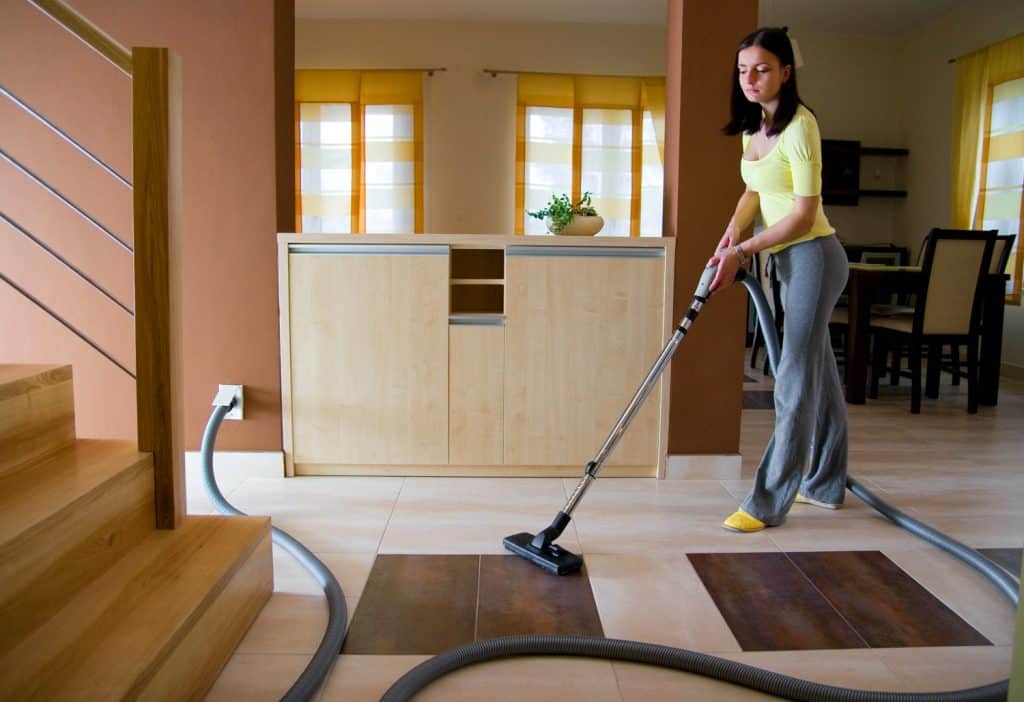
Emptying the central vacuum bag is a simple step in cleaning your vacuum system. There are a variety of models of vacuums that allow you to empty the bag in different ways. The basis of each bag emptying procedure is similar. The main difference lies within the filtration system of the unit. We will go over different systems and how to empty them.
Single piece cyclonic units
These central vacuum systems are composed of a single canister with a detachable bottom that is connected with latches. To empty this unit, you first need to support the bottom of the canister while you unlatch and remove its lower half. These systems do not contain bags, so be sure to lower the filled compartment carefully. Once disconnected, you can empty the dirt into a garbage can.
Split canister cyclonic units
These systems consist of a dirt canister and a separate power unit that is mounted nearby. You empty them just like the single-piece cyclonic units. The split canister units also include an additional lint screen on top of the dirt canister. This is cleaned by simply lifting the lid off of the top of the bin and cleaning out the lint.
Inverted bag units
These vacuum units use the inverted bag as a built-in filter and there is no need to remove the bag for maintenance. The same steps as the other units apply to empty the bag. As an additional step to clean the inverted bag filter, place a plastic bag over the opening of the canister and turn it upside down. Use your hand to invert the plastic bag in the canister while brushing your hand around. This will loosen and collect the dust on the filter while preventing dust clouds.
Paper bag units
This is the only vacuum unit on the list that uses a removable bag system. In order to clean this vacuum, you simply raise the top lid of the canister, there are no clasps, and remove the paper bag. Before removing the paper bag, there is a seal that you must put on. To do that, you remove the backing of the seal tab and place it over the intake hole to prevent dust from escaping. Then you can simply install a new paper bag.
What if my paper bag breaks?
If your paper bag happens to break while inside the vacuum system, there is no need to worry. You will just need to clean the debris from the system and replace the bag. When you are cleaning, make sure you take extra care to clean the mesh that sits below the bag. You will experience a decline in suction if that mesh starts clogging with debris without cleaning. If you clean the mesh and still experience less suction; take a look at our guide on how to find a leak in your central vacuum system.
How full should a central vacuum bag be
We may include affiliate links and curated AI content to highlight top design styles.
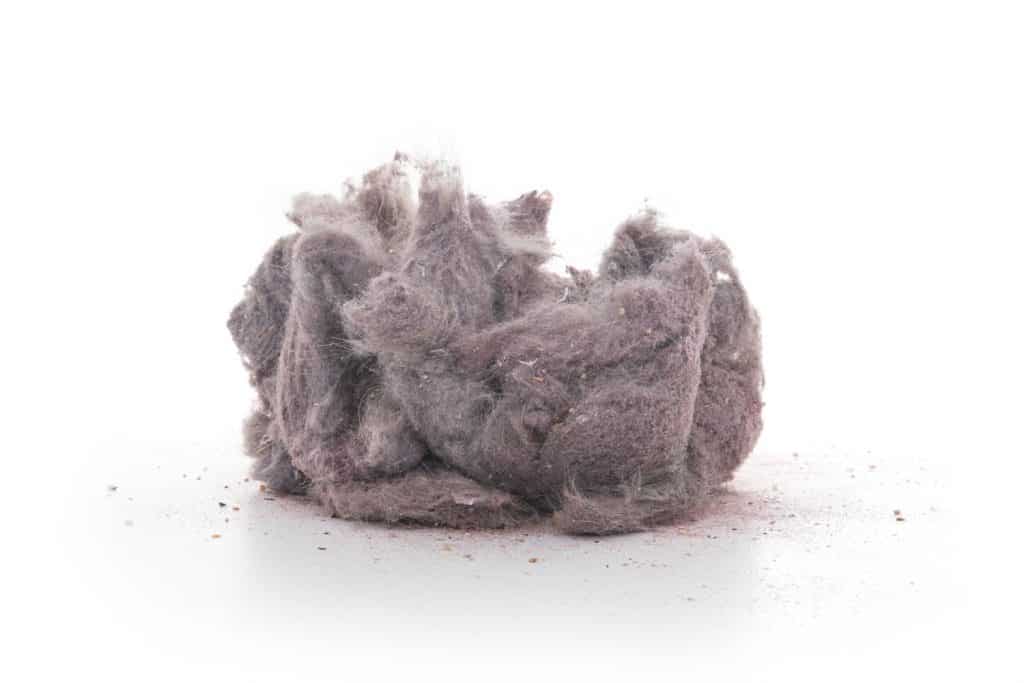
Central vacuum bags are large enough to hold months of debris. It is normal to need to change the bag around three or four times a year in an average household. New houses note that when vacuuming band new carpet, your tank will fill faster with loose carpet fibers. After a few months, you will notice that you need to empty the canister less frequently because all of the loose fibers have been removed already.
As previously mentioned, you can determine a more personalized maintenance schedule by checking back weekly to see how full your bag is. Remember that the bag should not surpass 75 percent capacity before emptying. So if your household does not accumulate much dirt and dust, you can empty your bag a lot less frequently.
When should I change my central vacuum filter?
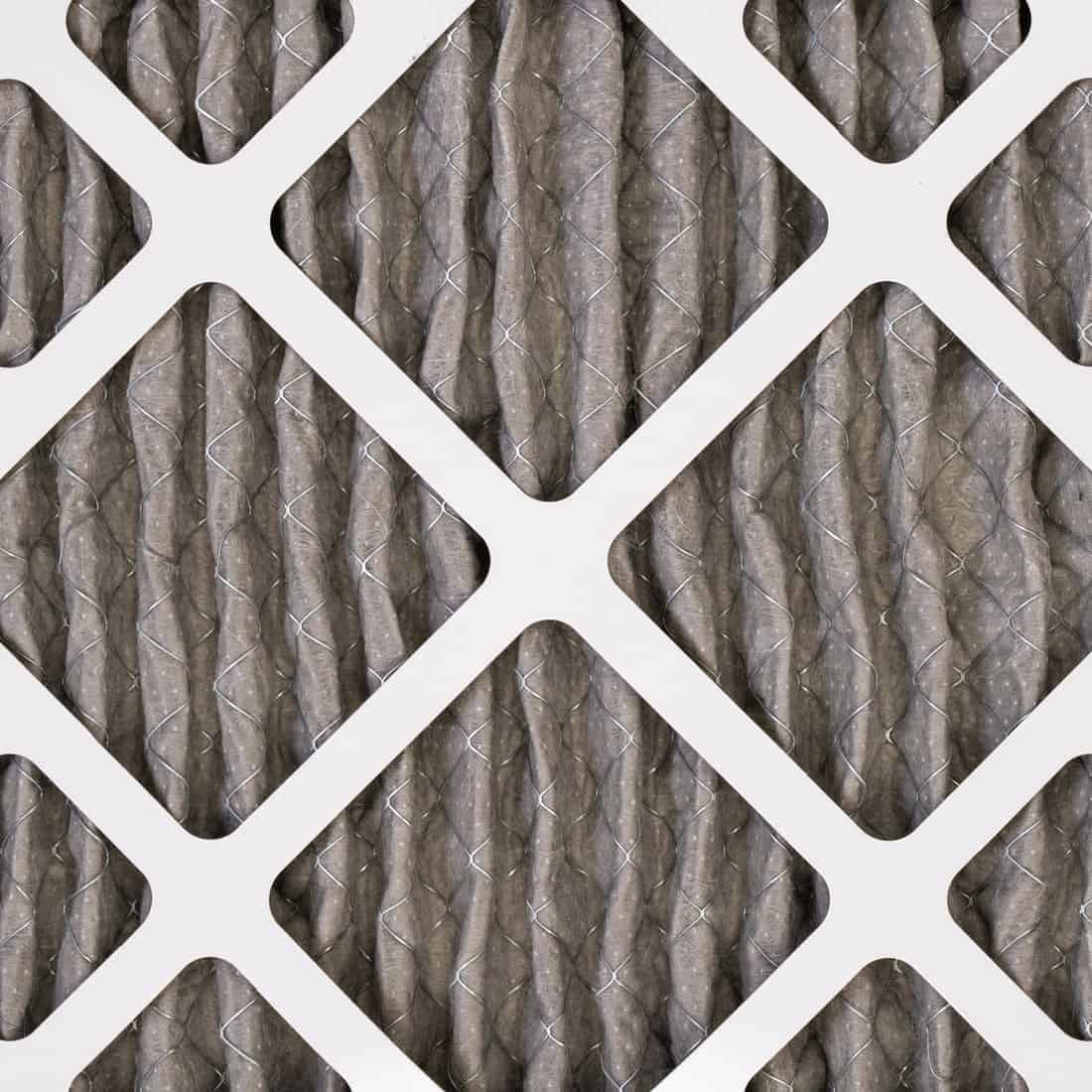
You should check your central vacuum filters at least once a year. It is good to change it for commercial units once a year because there is a lot more buildup in commercial spaces. For residential units, you may not need to replace the filter every year but it is still good practice to check periodically. depending on your usage, you could need to change your filter as seldom as once every three years.
With proper maintenance your central vacuum will last a long time; to find out just how long, read our article on how long central vacuums last.
Can you wash a central vacuum filter?
Some systems have disposable filters that you should remove and dispose of with debris. Others have filters that are built-in that you should not remove. We have already gone over the inverted bag system and how to clean filters that you cannot remove. For other systems that have filter screens, you can take them out and beat them against the inside of a trash can to knock off the dirt.
For especially dirty filters, you can actually clean them with soap and water. You can do this by running tap water over the filter while using a brush to loosen anything caked on. If you would prefer to let it soak, you should add some detergent to warm water and let the filter sit for a while. The longer it sits, the easier it will be to clean. Just be sure before you place the filter back in the system that it is completely dry.
In Closing
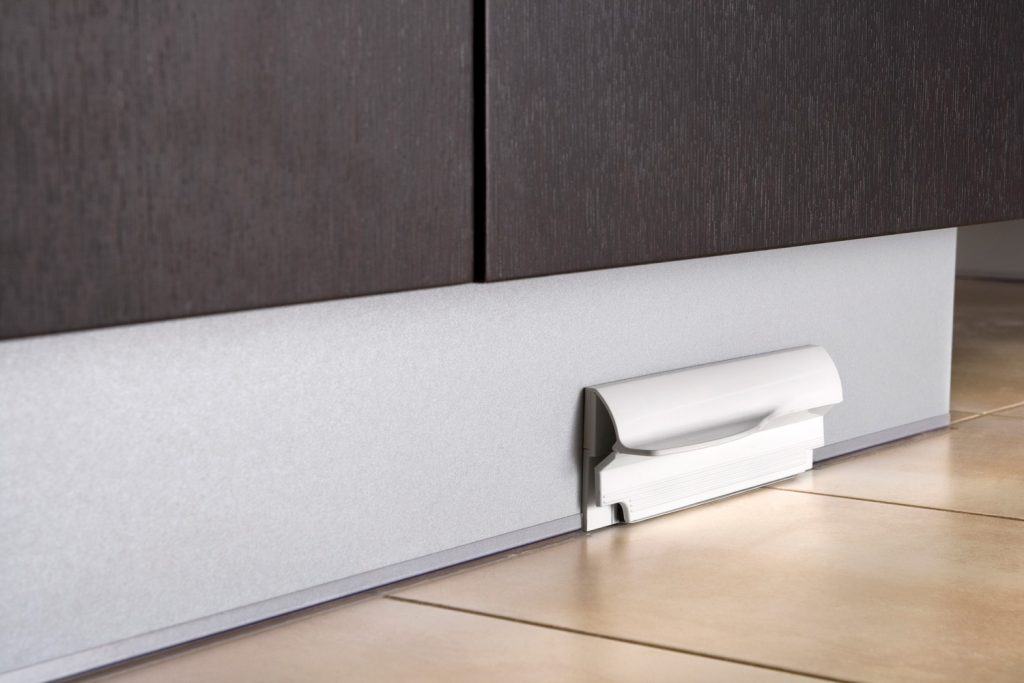
One last thing to remember with this system is that it is stronger than a normal vacuum. Due to that power, it may suck up some things that can get stuck. Along with cleaning your filter and emptying the bag, you should periodically check the vacuum hoses if you feel as though the system is not at peak performance. Having a central vacuum system in your home is a great investment with minimal drawbacks. They are very easy to maintain if you keep up with your cleaning schedule.

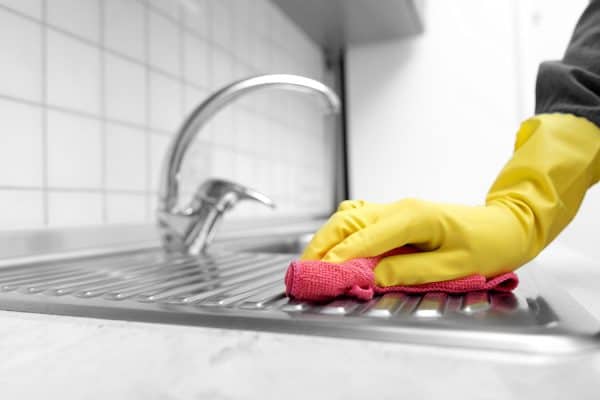
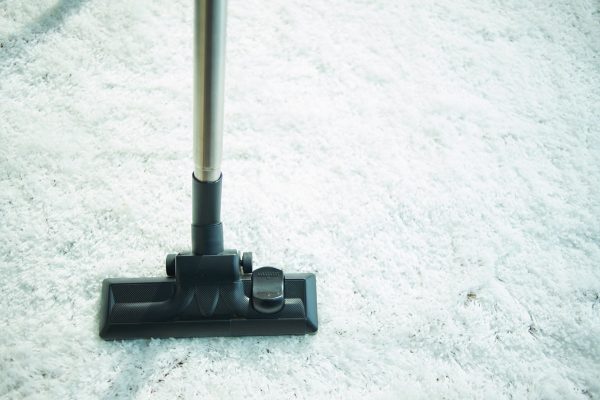
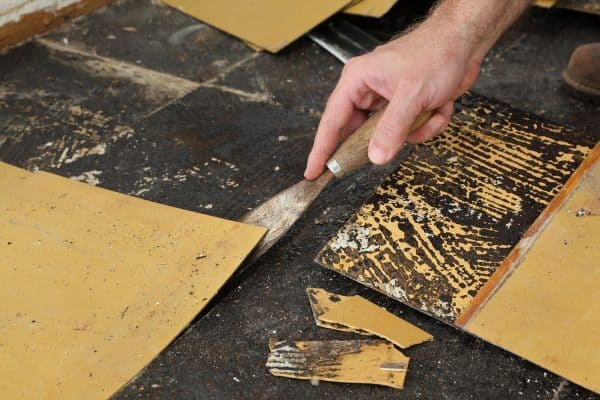
I’m glad that you mentioned that you should clean your central vacuum three to four times a year! Last week my daughter moved into her own apartment and install a central vacuum, and she wanted to know some maintenance tips. I’ll make sure to pass this information along to her as she searches for one!
☀️ https://goodhometime.com/ ☀️